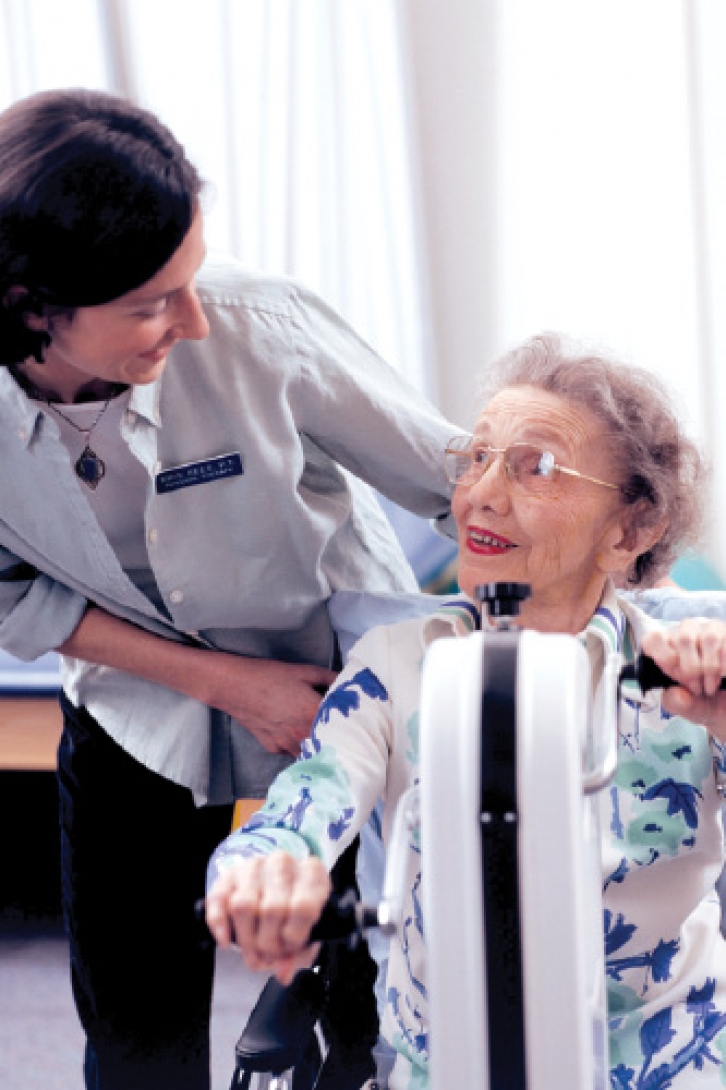Exploring the Diverse Methods of Physical Therapy for Improved Healing and Rehabilitation
Exploring the Diverse Methods of Physical Therapy for Improved Healing and Rehabilitation
Blog Article
Physical rehabilitation is an essential field that helps people heal from traumas, operations, and various medical issues. It entails a variety of methods aimed to improve movement, reduce discomfort, and boost general bodily function. Physiotherapy therapists are trained professionals who assess each client’s needs and develop customized care strategies. These programs often consist of workouts, manual therapy, and education about body mechanics. By using these diverse approaches, physiotherapy can significantly improve a person’s quality of life.
One frequent method used in physiotherapy is rehabilitative activity. This involves specific movements and activities that help build muscle strength, improve range of motion, and boost stamina. For example, a client rehabilitating from knee surgery may engage in workouts that focus on rebuilding strength in the lower limb muscles. These exercises are meticulously selected based on the patient’s status and objectives. By gradually boosting the difficulty and complexity of the activities, physical therapists can assist clients regain their strength and mobility over time.
Another important technique is manual treatment, which includes hands-on methods to adjust the human body tender tissues and articulations. This can involve flexibility exercises, joint movement, and massage. Hands-on treatment aims to relieve discomfort, reduce inflammation, and improve blood flow. For instance, a practitioner may apply light pressure to relieve tension in tight muscle groups or to help a articulation move more smoothly. This technique is often integrated with other treatments to improve recovery and encourage healing. Clients often find hands-on therapy to be a soothing and effective way to manage their pain.
In furthermore to exercises and manual treatment, education plays a vital role in physiotherapy. Therapists instruct patients about their conditions and how to handle them effectively. This may include guidance on correct posture, physical mechanics, and strategies to prevent subsequent traumas. For example, a practitioner might demonstrate a patient how to raise heavy items safely to avoid injuring their back. By enabling clients with knowledge, physiotherapy practitioners help them assume an engaged part in their recovery and promote sustained health and well-being.
Ultimately, technological advancements is increasingly being incorporated into physiotherapy methods. Tools such as sonography, electrotherapy impulses, and virtual reality can improve conventional therapy methods. These tools can help alleviate pain, encourage recovery, and provide engaging ways for clients to engage in their recovery. For example, immersive reality can generate immersive environments for clients to rehearse actions in a controlled and secure setting. As technology continues to develop, it offers exciting possibilities for improving rehabilitation outcomes in physiotherapy.
In summary, physical includes a range of techniques that work in unison to support recovery Recommended Site and healing. Through therapeutic exercises, hands-on therapy, client education, and the application of technology, physiotherapy therapists provide holistic treatment tailored to each patient’s needs. This comprehensive method not only assists clients regain their physical capabilities but also empowers them to sustain their health in the long future. As more people acknowledge the benefits of physical, it continues to serve a vital role in the pathway toward enhanced health and well-being.